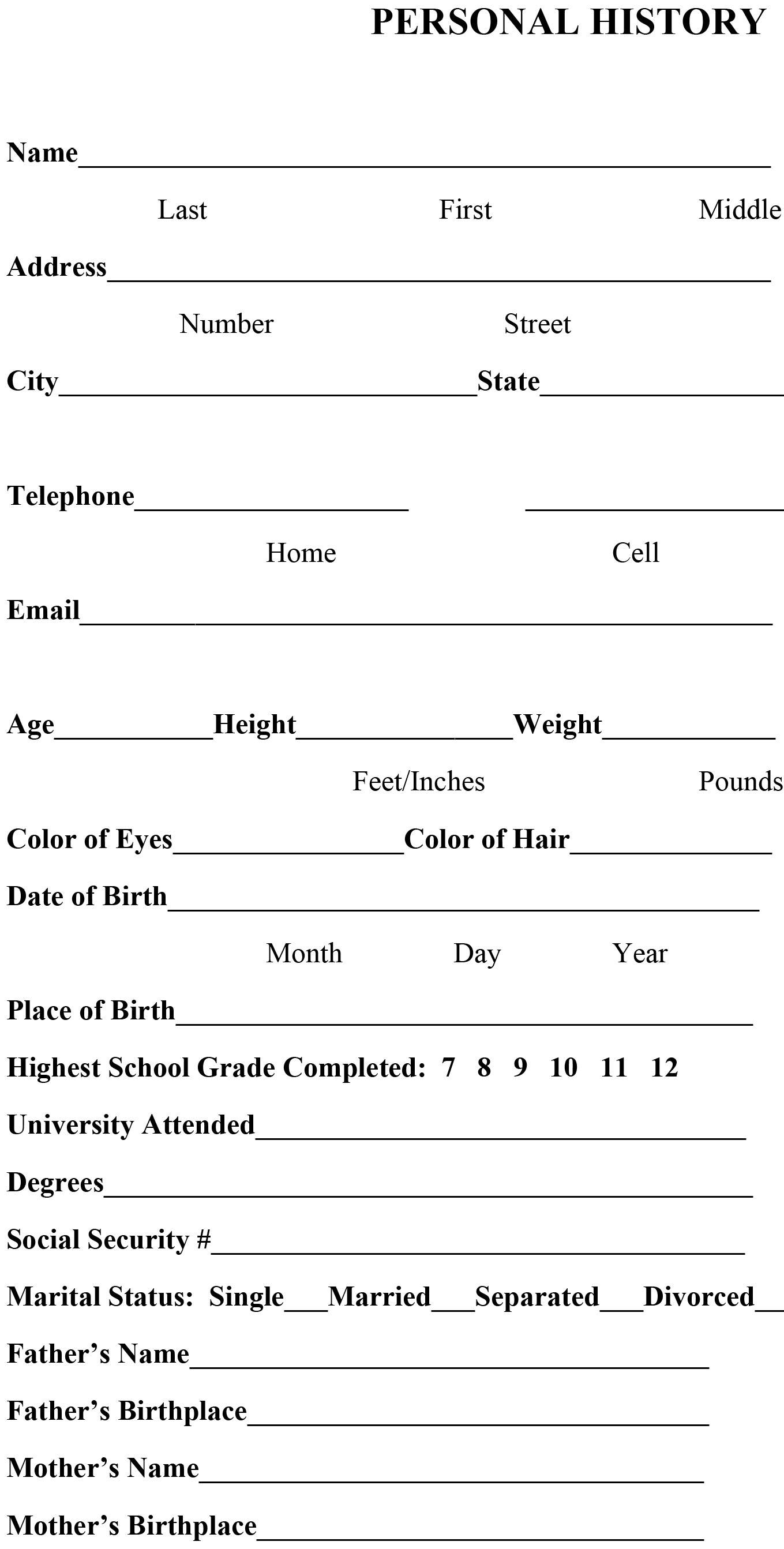Skill Building for ESL and Special Education
Simply English Series
Simply English is an ESL curriculum adaptable for elementary though adult learners. Its goal is to help the limited and/or non-English speaker achieve fluency in English words that are essential for everyday life. Simply English can also be incorporated into special education programs for students who need help with spelling, definitions of words, and correct application of grammatical structures. The forty-four instructional units contain the basic information that ELS and special education students need to function independently.
Books in the Series:
Skill Building for ESL and Special Education: Teachers Text
Skill Building for ESL and Special Education: Student Workbook
Skill Building for ESL and Special Education: Student Textbook
Skill Building for ESL and Special Education
Student Workbook
Kristine Setting Clark
Rowman & Littlefield
Lanham Boulder New York London
Published by Rowman & Littlefield
A wholly owned subsidiary of The Rowman & Littlefield Publishing Group, Inc.
4501 Forbes Boulevard, Suite 200, Lanham, Maryland 20706
www.rowman.com
Unit A, Whitacre Mews, 26-34 Stannary Street, London SE11 4AB
Copyright 2016 by Kristine Setting Clark
All rights reserved . No part of this book may be reproduced in any form or by any electronic or mechanical means, including information storage and retrieval systems, without written permission from the publisher, except by a reviewer who may quote passages in a review.
British Library Cataloguing in Publication Information Available
Library of Congress Cataloging-in-Publication Data Available
978-1-4758-2630-2 (paper)
978-1-4758-2631-9 (ebook)
 The paper used in this publication meets the minimum requirements of American National Standard for Information SciencesPermanence of Paper for Printed Library Materials, ANSI/NISO Z39.48-1992.
The paper used in this publication meets the minimum requirements of American National Standard for Information SciencesPermanence of Paper for Printed Library Materials, ANSI/NISO Z39.48-1992.
Printed in the United States of America
Introduction
The Simply English Student Workbook will help you to develop a vocabulary of practical words, phrases, and slang that you will use in everyday situations with English speakers within the United States. The forty-four units in this workbook parallel the same numbered units in the Simply English Student Textbook.
The Simply English Student Workbook and Simply English Student Textbook is a new approacha topical approachdifferent from the traditional style of learning a new language. It is different because you will have the opportunity to practice your skills in reading, writing, listening, and speaking. This, in turn, will help you to develop more confidence in self-expression.
A Personal History Form is included to help you organize important information when applying for college and the job market.
Each of the forty-four units in the Simply English Student Workbook contain contains the following material:
Dialogue: Each unit of the workbook begins with a situational dialogue (the first being on page 5). The characters in these skits go to the restaurant, to school, to the doctor, to the dentist, and so on. They have hobbies both indoor and outdoor, go shopping at the supermarket and department store, and even learn about money and banking.
The dialogues are long enough to allow situations to develop naturally to create a real-life conversational pattern. Bu incorporating the structures of the corresponding unit within the text, you will be given a great deal of practice in reading and an even greater chance of comprehension.
First you should study the dialogue. Next, read it aloud with a partner, and finally portray the characters by reading and acting out the dialogue in front of the class.
Dialogue Completion: Here you will progress from an understanding of the dialogue vocabulary to the comprehension of how the vocabulary and structures are used and applied in conversation. In this activity you will be asked to complete, first verbally and then in writing, the blank part(s) of the conversation. This will be found on the second page of each unit (for example, see page 6).
Class Activities: The class activities (shown on the next page) are designed to involve either small groups or the entire class in using what you have learned in the unit(s) previously taught. Posters and/or pictures of situations that parallel the unit are good learning tools for expansion and development of the English language. As you progress and gain confidence in your new language, skits can be created and performed in front of the class.
The following are instructions for class activities:
- Get into small groups, each time trading roles according to the dialogue.
- Change the names of the characters and where they are from, what they are doing, where they are going, what they are buying, and so on, in accordance with the dialogue material.
- Make additions or deletions to the dialogue. This can be made easier or more complex depending upon your progress.
- Using the model, make up your own dialogue and use the vocabulary from your corresponding text to help you.
- Skits (using various props) can be performed in front of the class.
Personal Identification II
TEACHER | Hello. What is your name? |
STUDENT | My name is Justin Mendez. |
TEACHER | What is your address, Justin? |
STUDENT | My address is 2170 30th Avenue, San Francisco, California. |
TEACHER | What is your phone number? |
STUDENT | My phone number is 555-495-4449. |
TEACHER | Where were you born? |
STUDENT | I was born in Monterrey, Mexico. |
TEACHER | What is your birthdate? |
STUDENT | My birthdate is October 23, 2005. |
TEACHER | How old are you? |
STUDENT | I am ten years old. |
TEACHER | Do you have any brothers or sisters? |
STUDENT | Yes. I have three brothers. |
TEACHER | What language do you speak at home? |
STUDENT | I speak Spanish with my parents and English with my brothers. |
TEACHER | What are your parents names? |
STUDENT | Their names are Mario and Maribel Mendez. |
TEACHER | Who should I call in case of an emergency? |
STUDENT | You can call my mother. Her home phone number is 555-595-4449, her cell number is 555-516-9999 and her business number is 555-897-1111. |
TEACHER | Thank you very much, Justin. |
STUDENT | Youre welcome. |
TEACHER | Hello. Whats your name? |
STUDENT | ___________________ ____________________ _____ |
TEACHER | What is your address? |
STUDENT | ___________________ ____________________ _____ |
TEACHER | What is your phone number? |
STUDENT | ___________________ ____________________ _____ |
Next page
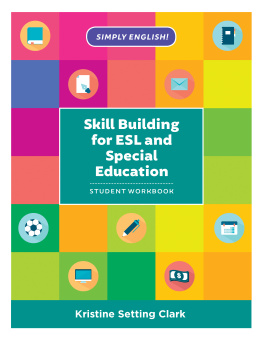
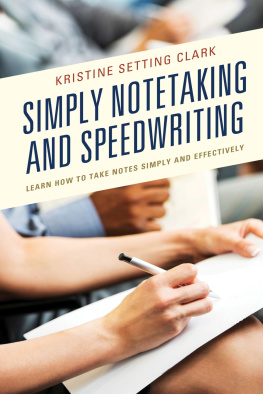

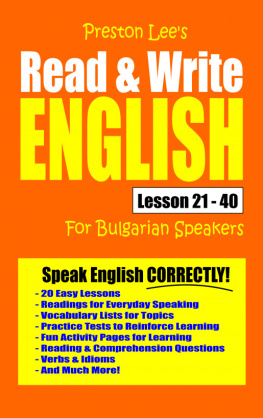
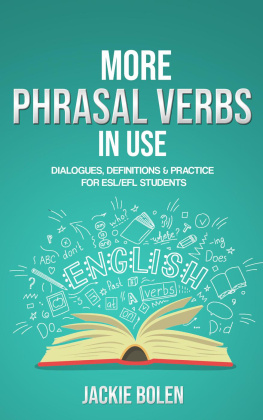
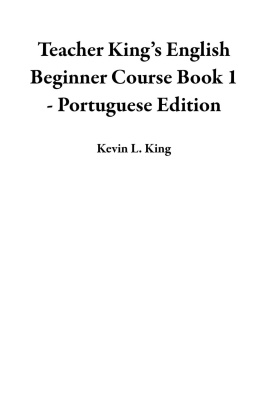

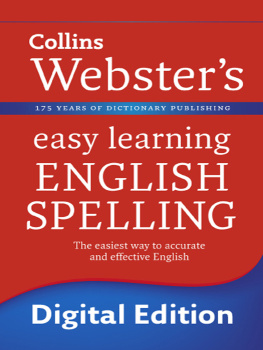
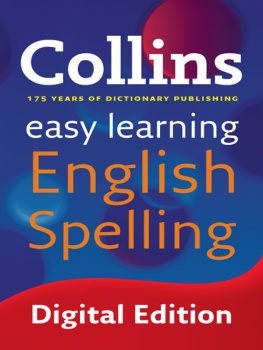
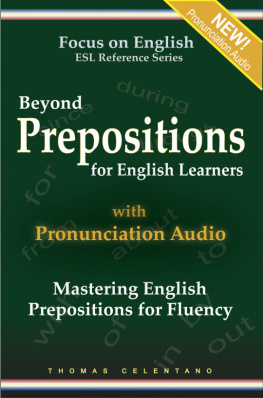

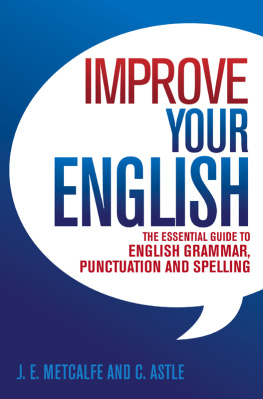

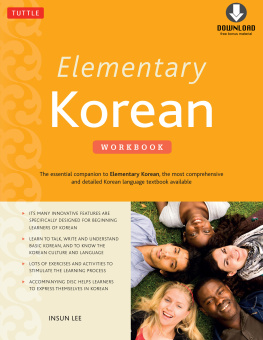
 The paper used in this publication meets the minimum requirements of American National Standard for Information SciencesPermanence of Paper for Printed Library Materials, ANSI/NISO Z39.48-1992.
The paper used in this publication meets the minimum requirements of American National Standard for Information SciencesPermanence of Paper for Printed Library Materials, ANSI/NISO Z39.48-1992.